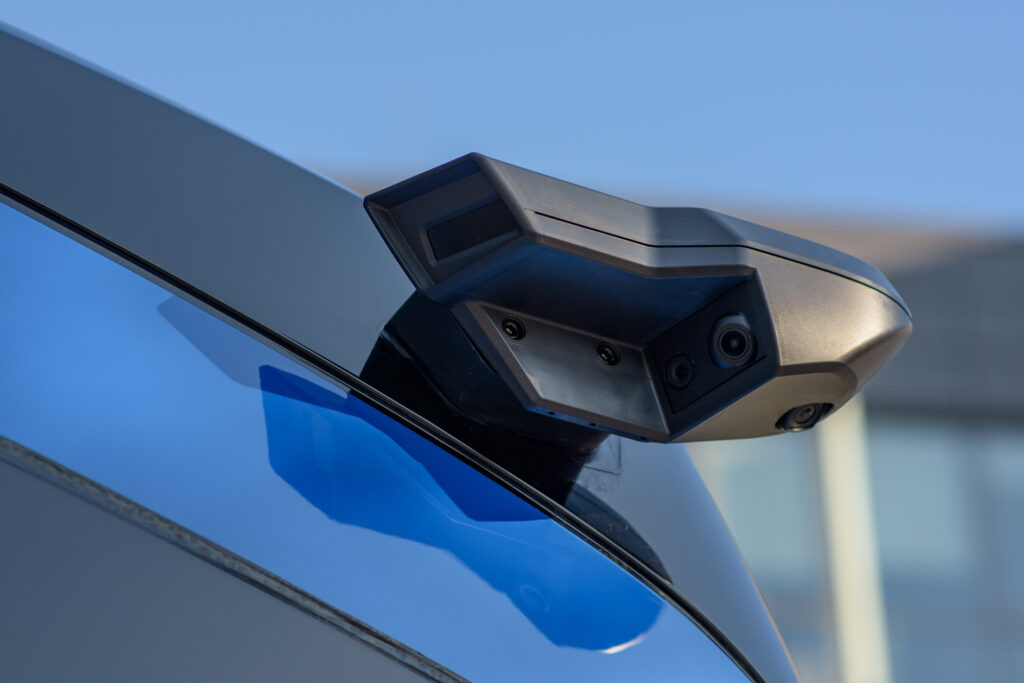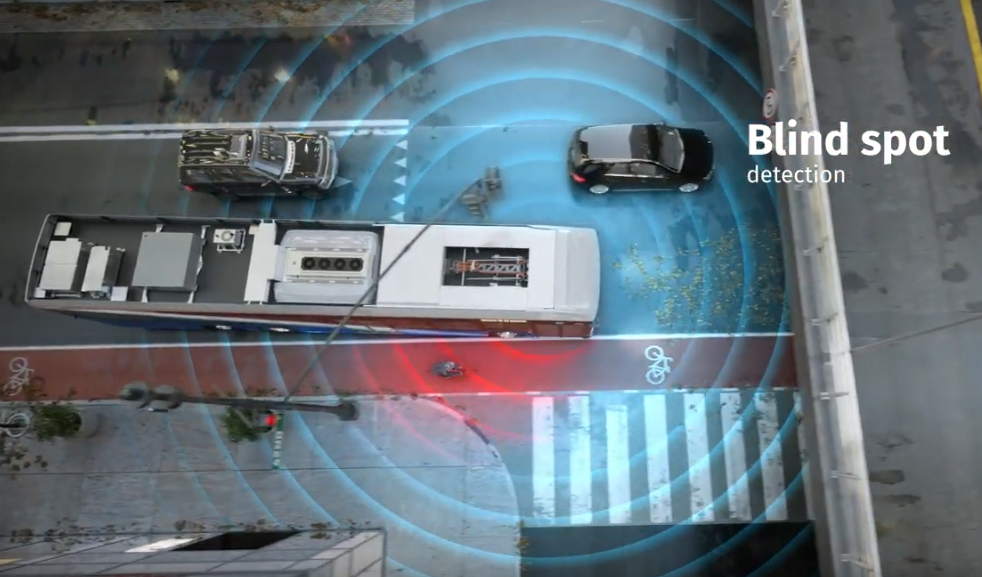GSR2: A new chapter in vehicle safety
Learn more about the changes introduced by GSR2 and how they contribute to protecting all road users.

For safer driving. Advanced Driver Assistance Systems (ADAS)
Talking about the electromobility, the most common topic is ecology and listing numerous environmental benefits of implementing zero-emission technologies in public transport. This time, however, we want to highlight another important aspect of sustainable mobility. It is travel safety – and Advanced Driver Assistance Systems .
Modern vehicles that hit the streets of modern cities, in addition to emission -free drives, are also equipped with increasingly advanced driver support systems. ADAS (Advanced Driver Assistance Systems) solutions were created to increase the safety of not only public transport passengers, but also other road users: cyclists, pedestrians and drivers of passenger vehicles.
ADAS systems are of particular importance for the future of the automotive industry. Their development and improvement are ultimately aimed at creating fully autonomous vehicles that will be able to move without the participation and interference of the driver. The currently offered active driver support systems are treated as 1st in a 5-point scale of autonomy, where 0 is e.g. ABS, and 5 is a system that allows the vehicle to move without the driver’s participation. You can read more here.

Coming back to safety issues: what problems do active support systems respond to? Read on to find out.
Every driver knows the problem of so-called blind spot. In the case of a vehicle as large as a bus, the risk of reduced visibility can be even greater. Especially when there is a cyclist or pedestrian in the area. That is why the MobilEye Shield + system was created. Its task is to alert the driver whenever any object comes within a range of at least 80 cm. This is possible thanks to the cameras installed around the vehicle and the system that controls them accordingly.

In case of a detected threat, the program sends sound signals and also warns the driver through notifications on the display. The driver has a chance to react in time to the changing situation on the road. Awareness of the operation of such systems in public transport vehicles is also a greater comfort for residents, who move around the city every day. Pedestrians and cyclists can feel calmer knowing that they will always be noticed by bus drivers.
Foggy, misaligned mirror, located on the side of the vehicle, additionally enlarging its dimensions – such problems are not known to drivers of buses equipped with MirrorEye. Cameras installed in the place of rear view mirrors transmit the current image to the screens in the driver’s cabin on an ongoing basis. It is not necessary to set the mirrors and adjust them to the driver’s height. Moreover, a wide range of visibility is available whatever the weather conditions. There is no question of freezing or fogging up the cameras.

It is also worth paying attention to the issue of the general reduction of the vehicle width, which is possible thanks to the omission of protruding elements in the form of side mirrors. Thanks to this, it is not only easier to maneuvering in tight city spaces, but also the risk of a possible catching of a passenger or a passerby disappears.
There are times when, despite the best intentions, human senses and vigilance fail. In response to such events, the CMS (Collision Mitigation System) is introduced in modern vehicles. The mechanism of automatic initiation of braking is activated when an approaching object is detected. As a result, the vehicle begins to slow down before the driver decides to do so. The fractions of a second saved in this way help to avoid a collision. This functionality was relatively difficult to use in public transport vehicles due to the fact that the passengers are not wearing seat belts. Nevertheless, thanks to appropriate calibration and configuration, it is now possible to successfully implement such a solution in buses.
All in all, it’s safe to say that ADAS is a modern answer to old problems. Lack of visibility caused by a foggy, frozen mirror, the phenomenon of blind spots, damage during maneuvering in tight urban spaces, road collisions, accidents involving pedestrians and cyclists – thanks to the latest technologies all these problems can be effectively avoided. The functionalities of ADAS systems prove how much the reality of city traffic can change. Modern emission -free vehicles perfectly fit into the landscape of modern smart cities.
And that’s not all – Solaris and the Poznań University of Technology are currently working on another proprietary active driver support system. What is this about? What ADAS systems are currently used in Solaris vehicles ? You can read about it here.
Learn more about the changes introduced by GSR2 and how they contribute to protecting all road users.
The eSConnect system is a proprietary fleet monitoring and management system developed by Solaris. The solution enables the improvement and support of remote diagnostics of buses, improvement of service capabilities and allows for the analysis of specialized data collected by Solaris vehicles.
Advanced Assistance Systems (ADAS) assist the driver by carrying out some actions before or in place of the driver, giving invaluable seconds to react.